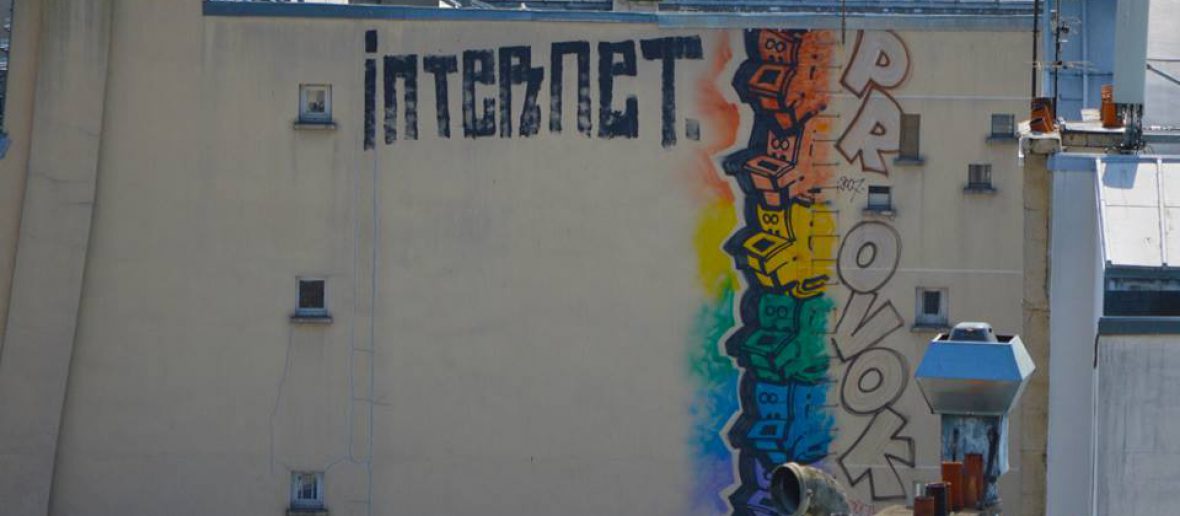By Gretchen A. Peck
Criticism of the Press is sometimes warranted. Let’s begin this observation about news with that fundamental agreement. Bias is “a thing” – inherent in language’s DNA, in every single word choice – and it is the publisher’s, editor’s and journalist’s job to choose: Manage bias, or give it free rein?
There’s a niche phenomenon in news criticism that feels fledgling this year: Puritanical headline outrage, I’ll call it.
While it has been the legacy of newspapers to incorporate quotations into headlines, today’s arm-chair news critics declare war with titles over quotations or paraphrases without context – for example, when The New York Times ran this outrage-stoking headline: “Trump Urges Unity vs. Racism.”
In fact, in the aftermath of yet another mass shooting, the President gave a statement in which he did just that. Of course, anyone who hasn’t lived the hermit life for the past three decades of Trump – the man and the brand – knows that this message is counter to what the President has “advocated for” in the past and present.
A segment of readers seethed over the headline, suggesting that it was biased, and that it provided the President with a megaphone to perpetuate a disingenuous message, by way of the big-font top-of-the-fold headline. Even members of the media said that headline – on top of other such grievances with the newspaper – inspired them to cancel their subscriptions and call for others to do the same.
Today’s (self-appointed) Headline Editors, working from their homes and phone displays, expect news publishers to give broad context in headlines, to tell the full story to readers, in order to remove any ambiguity about the content from the outset.
Could The New York Times’ headline writer have chosen any number of other headline options with 30 characters or fewer?
Certainly.
But when nearing the witching hour of an on-press deadline, sometimes we choose what is expeditious and relevant. Sometimes the moment – the horror of a mass shooting, arguably – calls for an aspirational approach, the common denominator, the sliver of hope, a message that transcends the politics and the politician.
Critics decried that this particular headline was by design, that it was an editorial choice to somehow show favoritism to the President of the United States. This is a theory fundamentally at odds with the very mission of news people and newspapers.
I have to believe that some of this “headline outrage” has more to do with the way people read and process information they read online today. We are a nation of headline surfers. We’ve studied this data.
Today, we viscerally react to headlines and often comment about the content before ever reading beyond it. Naturally, readers who rely so heavily – even entirely – on headlines would want them to tell the whole story. It’s a lofty expectation fueled by illiterate laziness.
To its credit, The New York Times took the criticism to heart and even offered an explanation and apology to readers. It showed that the newspaper was listening, at least.
Let’s use this example – of a newspaper “managing” bias – in contrast to what occurred on FOX News on the morning of Friday, November 22, 2019.
For 53 minutes during a call-in to the live broadcast, the President of the United States led viewers on a rhetorical rollercoaster, a verbal tirade that included a litany of bullshit that would keep fact checkers tasked for the next two days to sort through. The New York Times’ Linda Qiu did it, same day: https://www.nytimes.com/2019/11/22/us/politics/trump-fox-and-friends-fact-check.html
It is true that the FOX & Friends hosts tried to haplessly interject, but the President steamrolled, and the producers were AWOL.
But they had to see it coming at FOX News, right? This Tasmanian Devil of an interview couldn’t have taken anyone by surprise in the planning meetings or during the live broadcast. They had to expect that the President would behave in this manner. His rally riffs are notorious, and he has a pattern of doing this on past call-ins to the network.
Still, the producers – and to a certain extent those talking heads who had to endure it through gritted teeth and earnest expressions – collectively made an “editorial” decision to give bias “free reign.”
One of the foundational tenets of journalism: Consider your source.

